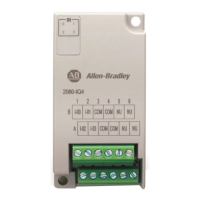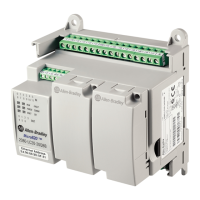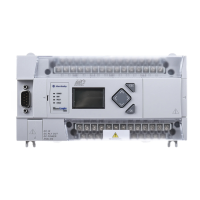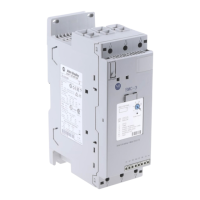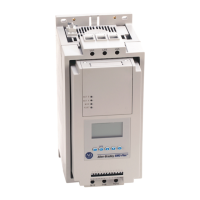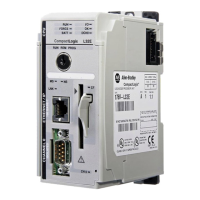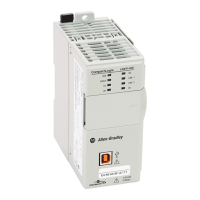278 Rockwell Automation Publication 2080-UM002L-EN-E - November 2021
Appendix F PID Function Blocks
How to Autotune Before you autotune, you need to:
• Verify that your system is constant when there is no control. For
example, for temperature control, process value should remain at room
temperature when there is no control output.
• Configure the set point to 0.
• Set Auto Input to False.
• Set the Gain parameter as follows:
• Set the AT_Parameter as follows:
Table 63 - AT_Param Data Type
Parameter Type Description
Load REAL Load parameter for auto tuning. This is the output value when starting AutoTune.
Deviation REAL
Deviation for auto tuning. This is the standard deviation used to evaluate the
noise band needed for AutoTune (noise band = 3* Deviation)
(1)
(1) The application engineer can estimate the value of ATParams.Deviation by observing the value of Process input. For example, in a
project that involves the control of temperature, if the temperature stabilizes around 22 °C, and a fluctuation of 21.7…22.5 °C is
observed, the value of ATParams.Deviation will be (22.5…21.7)/2=0.4.
Step REAL Step value for AutoTune. Must be greater than noise band and less than ½ load.
ATDynamSet REAL Waiting time in seconds before abandoning auto tune.
ATReset BOOL
Determines whether the output value is reset to zero after an AutoTune
sequence:
TRUE = Reset output to zero.
FALSE = Leaves output at Load value.
Table 64 - GAIN Parameter Values
GAIN Parameter Value
DirectActing
According to operation:
TRUE (for example, Cooling), or
FALSE (for example, Heating)
DerivativeGain 0.5
ProportionalGain 0.0001
TimeIntegral 0.0001
TimeDerivative 0.0
Table 65 - AT_Parameter Values
AT Parameter Recommendation
Load
Every ‘Load’ provides a saturated process value over a period of time. Adjust the load to the
value for the saturated process value you want.
IMPORTANT: If a load of 40 gives you a process value of 30 °C over a period of time, and you
want to tune your system to 30 °C, you should set the load to 40.
Deviation
This parameter plays a significant role in the autotune process. The method of deriving this
value is explained later in this section. It is not necessary to set this parameter prior to
autotuning. However, if you already know the deviation, it is fine to set it first.
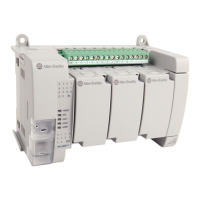
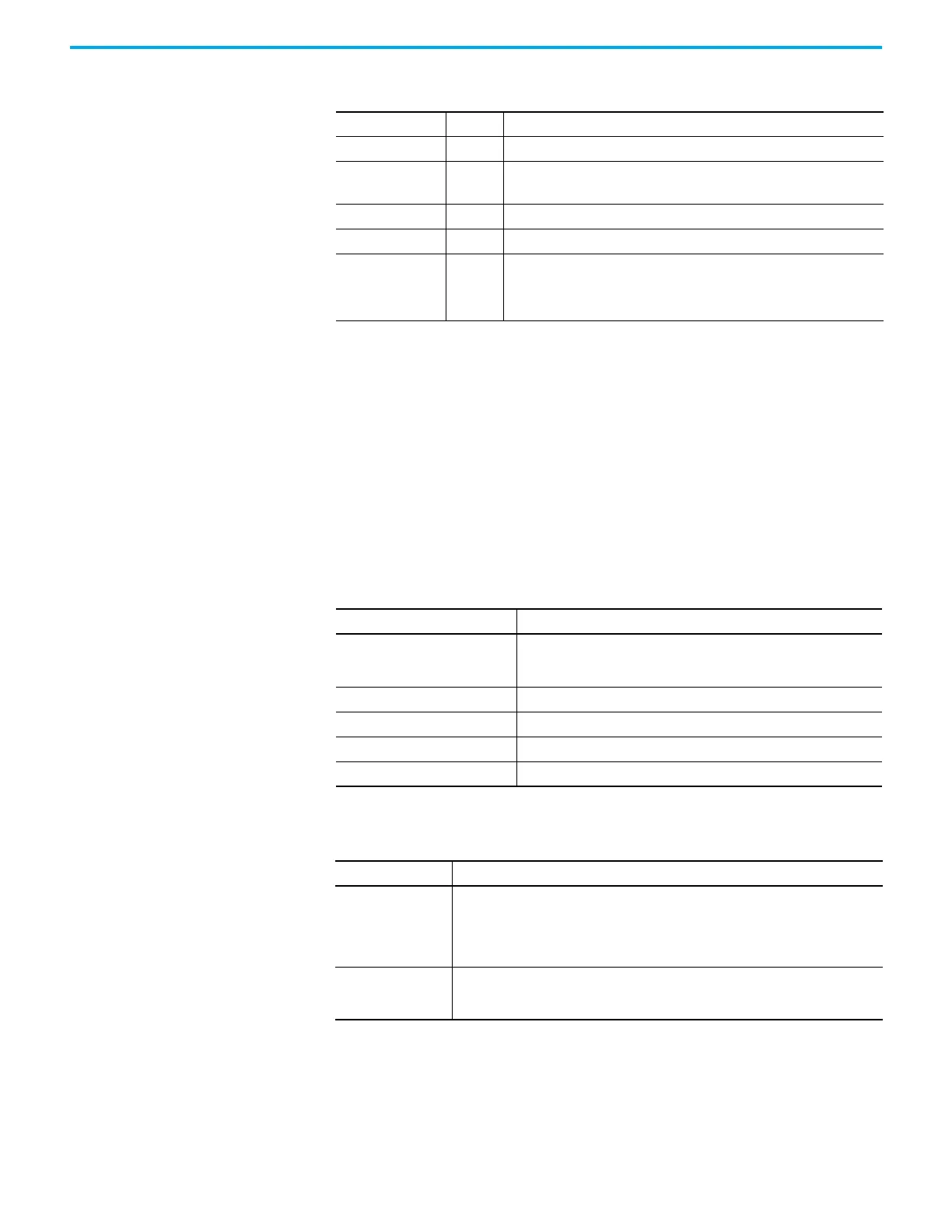